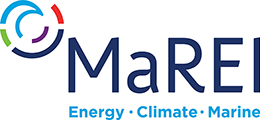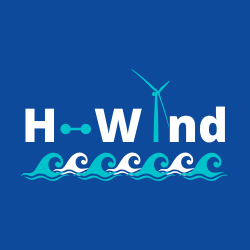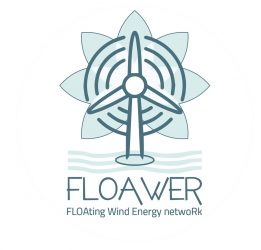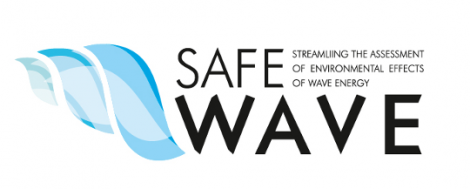
Offshore Renewable Energy
Offshore Renewable Energy focuses on the design and testing of novel wave, tidal and offshore wind energy devices. The research covers aspects such as hydrodynamic and numerical modelling and electrical control, and also expands to areas such as the design of mooring systems and array optimisation for the deployment of multiple devices. Physical testing of prototype devices can be done at our state of the art facilities at LIR-NOTF. Physical and hydrodynamic models are fundamental to the understanding of device behaviour and response in typical wave climates, and allow key parameters to be determined, including maximum device loading (dissipation, diffraction, radiation, large motions and structural interaction), and the calculation of power conversion capabilities, providing the basis for control and forecasting algorithms. The active control of the power conversion system can be utilised to optimise power production, observe system constraints and minimise wear and tear on components. The research also includes the development of software tools and algorithms for optimised device control, increased power capture and examines the interconnection of devices and mooring system designs. The modelling sub-systems combine to provide a high quality toolbox suitable for wave-to-wire modelling applicable to a wide range of devices.

INDUSTRY ENGAGEMENT
OFFSHORE WIND AT UNIVERSITY COLLEGE CORK
University College Cork (UCC) provides expertise across multiple disciplines to respond to key scientific and industry challenges in the offshore wind sector.
Learn more






